Mastering Advanced Techniques for Long Exposure Photography with Tamron Lenses
Share the article:
More Photo Tips | Video Gallery | Photo Gallery | Enewsletter sign-up
• Using ND filters with Tamron lenses enables longer exposure times, even in bright conditions, which is perfect for capturing dramatic effects like silky-smooth waterfalls and motion blur in clouds.
• Tamron lenses, such as the 28-75mm F/2.8 Di III RXD, are ideal for capturing dynamic motion and light trails.
• Adjust your settings to slow shutter speeds and use a tripod to create stunning images of moving water, city traffic, or fireworks.
• Tamron lenses like the 17-28mm F/2.8 Di III RXD excel in night photography, capturing star trails and the Milky Way.
• Techniques like light painting with lenses such as the 35-150mm F/2-2.8 Di III VXD offer endless creative possibilities for artistic long exposure shots.
Long exposure photography opens up a world of creative possibilities, allowing photographers to capture stunning images that go beyond what the eye can see. Let's explore how to take long exposure photography, advanced techniques for long exposure photography—including tips and tricks for using ND filters—capturing motion and light trails, and mastering night photography. With Tamron lenses, you can push your creative boundaries and achieve breathtaking results.
Using ND Filters for Long Exposure Photography
Neutral density (ND) filters are crucial for long exposure photography because they limit the light entering the lens, enabling longer exposure times even in bright settings. ND filters come in varying strengths (measured in stops), which indicate how much light is reduced. For example, an ND2 filter reduces light by one stop, an ND4 by two stops, and an ND8 by three stops. Stronger filters, like ND64 or ND1000, are ideal for creating dramatic effects such as silky-smooth waterfalls or motion blur in clouds.
When using Tamron lenses, select an ND filter that matches your creative vision—whether it's a subtle motion blur or a dramatic smoothing of water surfaces. To use ND filters effectively, start by composing your shot without the filter to ensure accurate focus and framing. Then, attach the filter and adjust your exposure settings accordingly. By experimenting with different ND filters and exposure times, you can capture stunning, ethereal images that highlight the capabilities of your Tamron lenses.
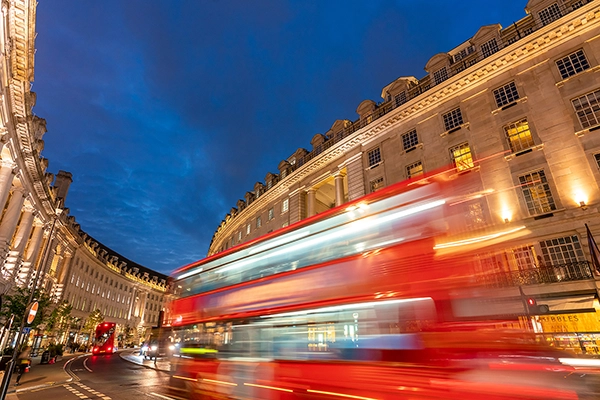
©Itsuka Yakumo
Lens: 20-40mm F/2.8 Di III VXD
Focal Length: 20mm Exposure: 1/5 sec., f/6.3, ISO 1000
Click image to view larger
Capturing Motion and Light Trails
Capturing motion and light trails is a captivating aspect of long exposure photography. To achieve results, start by selecting a dynamic subject, such as moving water, bustling city traffic, or fireworks. Adjust your camera settings to a slow shutter speed—typically between 1/10th of a second to several minutes, depending on the effect you desire. Use a low ISO setting to minimize noise and an appropriate aperture to control the depth of field.
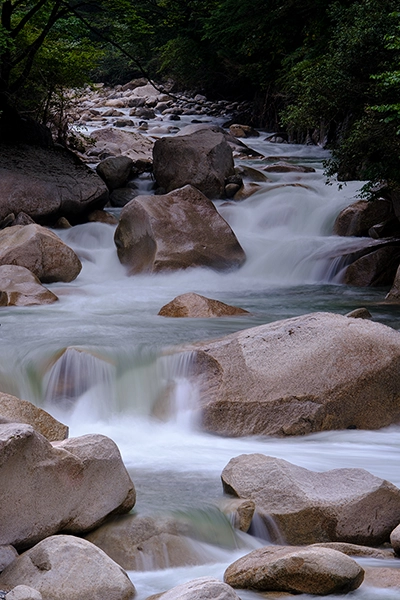
© Shinichi Hanawa
Lens: 18-300mm F/3.5-6.3 Di III-A VC RXD
Focal Length: 127mm Exposure: 0.8 sec., f/22, ISO 80
Click image to view larger
With Tamron lenses, you can easily fine-tune these settings to get the perfect shot. For example, using the Tamron 28-75mm F/2.8 Di III RXD lens, you can capture sharp details and smooth motion thanks to its wide aperture and excellent optical performance. Remember to stabilize your camera using a tripod to prevent unintended blur. Experiment with different shutter speeds and compositions to create mesmerizing light trails and dynamic motion in your images.
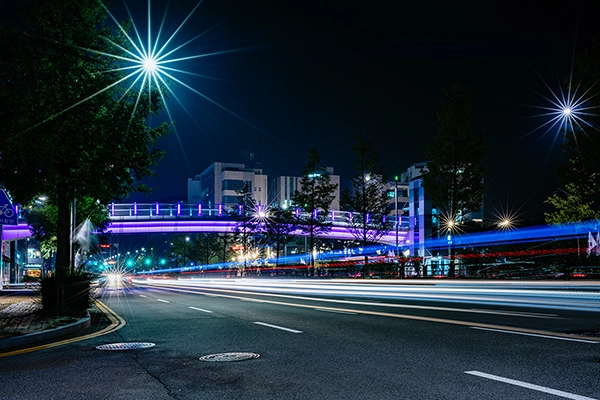
© Justin Haugen
Lens: SP 35mm F/1.4 Di USD
Focal Length: 35mm Exposure: 10 sec., f/16, ISO 50
Click image to view larger
Night Photography: Star Trails and Astrophotography
Night photography provides a special chance to capture the beauty of the night sky using long exposure techniques. To photograph star trails, set your camera to a very slow shutter speed, often several minutes to hours, which will capture the rotation of the Earth as star trails. For capturing the Milky Way, use a shorter exposure time, around 15-30 seconds, to prevent star movement from appearing as trails. Set a high ISO and a wide aperture to allow more light into the lens.
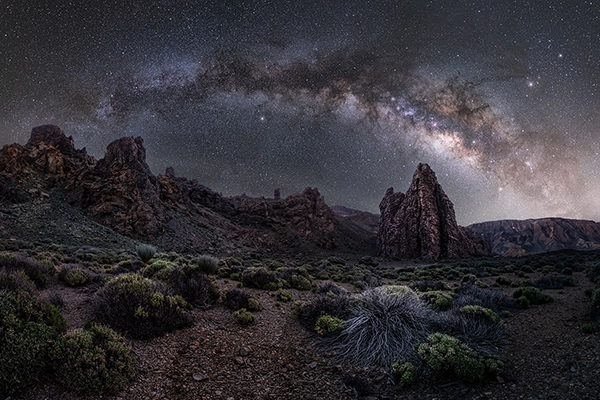
© Alexander Ahrenhold
Lens: 11-20mm F2.8 Di III-A RXD
Focal Length: 11mm Exposure: 15 sec., f/5.6, ISO 200
Click image to view larger
Tamron lenses, such as the Tamron 17-28mm F/2.8 Di III RXD, are excellent for night photography. The wide aperture and ultra-wide focal length allow you to capture expansive sky scenes with great clarity. Ensure your camera is mounted on a sturdy tripod to avoid any camera shake. Experiment with different exposure settings and compositions to capture the stunning beauty of the night sky with your Tamron lens.
Creative Effects: Light Painting and Beyond
Light painting is an exciting technique in long exposure photography that allows you to create unique, artistic images by moving a light source during a long exposure shot. To get started, set your camera on a tripod and choose a slow shutter speed, typically between 10 and 30 seconds. Use a low ISO to minimize noise and a small aperture to maintain sharpness.
Select a light source, such as a flashlight, sparkler, or LED light, and experiment with different movements and patterns. For instance, you can use a small flashlight to "draw" shapes or write words in the air. Tamron lenses, such as the Tamron 35-150mm F/2-2.8 Di III VXD, offer great versatility for light painting, providing a range of focal lengths and excellent low-light performance. Try incorporating colorful gels or different light tools to add variety and creativity to your images. You can produce stunning and imaginative photographs that showcase your creative vision by experimenting with various light sources and techniques.
Long exposure photography offers endless creative possibilities, from the smooth motion of waterfalls to the mesmerizing trails of stars and the artistic flair of light painting. By using advanced techniques and the versatile range of Tamron lenses, you can learn how to take long exposure photography to push your photography skills to new heights. Experiment with different settings and effects to discover your unique style and capture breathtaking images.
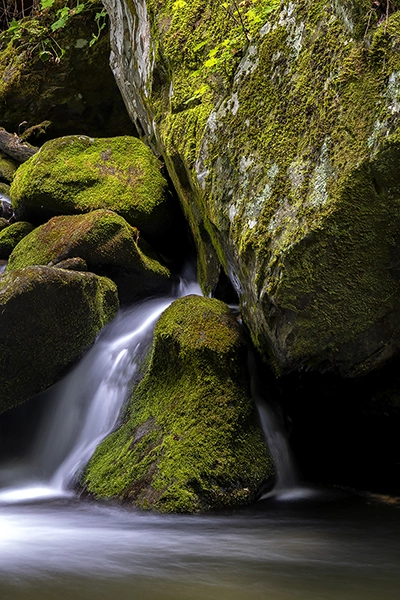
© David Akoubian
Lens: 18-300mm F/3.5-6.3 Di III-A VC RXD
Focal Length: 82mm Exposure: 8 sec., f/18, ISO 100
Click image to view larger
More Photo Tips | Watch Videos | Learn More About Tamron Lenses | Photo Gallery